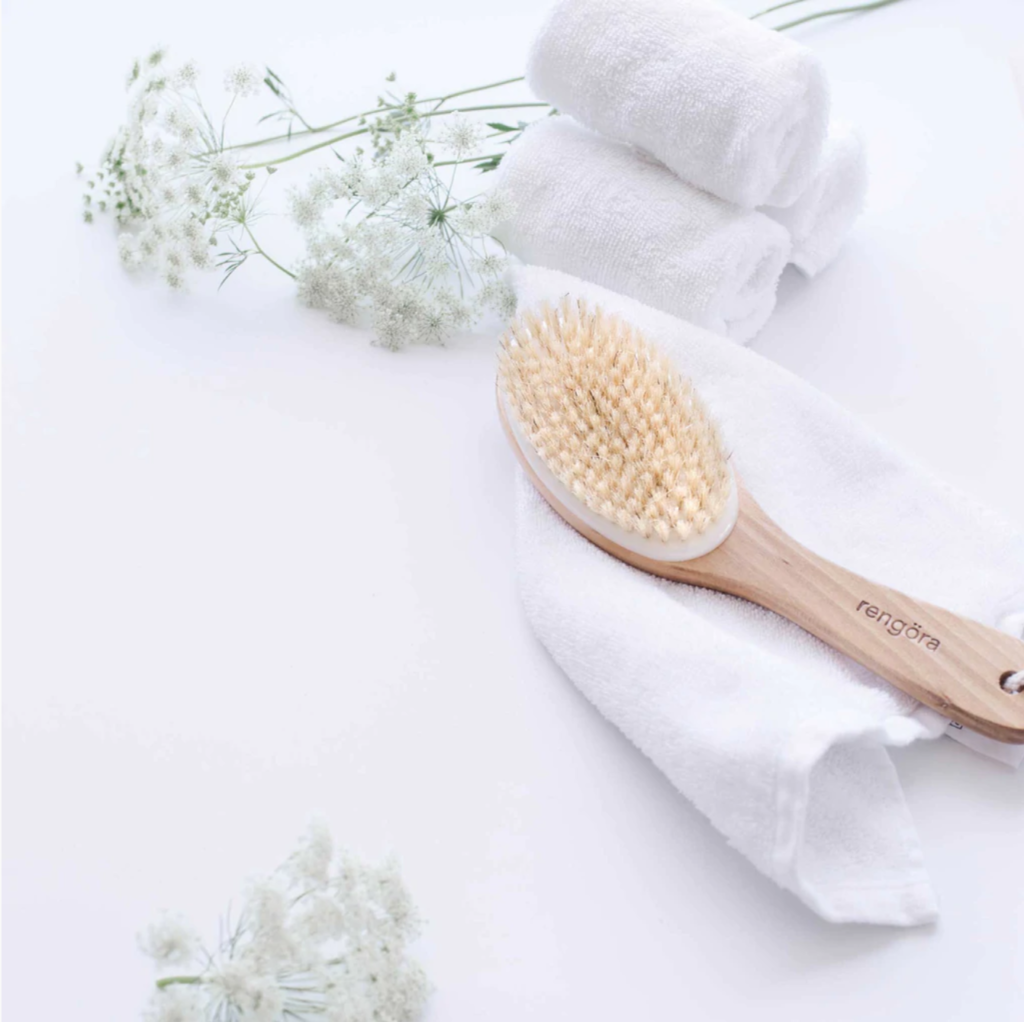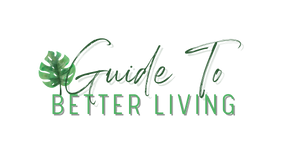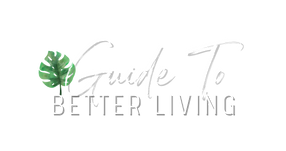What is dry brushing?
Do you struggle with dry or flakey skin? Wondering about the best ways exfoliate your body without spending thousands of dollars in exfoliating creams? Then perhaps it’s time to consider dry brushing.
Rëngora dry brush and bath brushes
**Products available via their Amazon store.
Dry brushing is exactly as it sounds: you’re brushing the surface of your skin, with a DRY BRUSH – and it’s really important to do it the right way to ensure you don’t damage or scratch the delicate surface of the skin. This is not about scratching the skins surface, but rather disrupting the scaly, dry or dead skin cells that sit on the surface of the skin leaving the skin looking dull, dry or in some instances ‘grey looking’.
Our skin naturally turns over new skin cells every 27 days, meaning we essentially ‘shed cells’ every month. Having a bath or shower facilitates part of that process, as does the towel you use after bathing, the clothes you wear, and environmental factors.
Interesting fact: a lot of our skin becomes the dust you see around your home, so if you’re noticing your house is extra dusty, it may not be because there’s a lot of dust blowing in through the windows! It’s your body crying out for exfoliation!!
While dry brushing may not sound overly attractive and comfortable, for many cultures around the world, it’s a major part of their daily grooming process: like a daily body massage – but with a dry, stiff-bristled brush designed to help get rid of flaky skin, increase circulation, detoxify, help digestion – and may even improve the appearance of cellulite.
Does dry brushing work?
Dermatologists and skin experts are divided on this point. If you have dry or sensitive skin, or skin conditions such as eczema or dermatitis, it may worth talking to your beauty therapist or GP before trying it.
We feel dry bushing should be approached on a case by case basis dependent on your skin’s sensitivity and comfort levels. If you love the idea of a brisk, vibrant feeling massage experience for your skin, dry brushing can most definitely be beneficial! However technique is critical to ensure you be the best results for your skin.

Benefits of dry brushing
- Dry brushing may help with detoxifying the skin: The physical action of dry brushing can be great for exfoliating rough, dry skin and potentially unclogging your pores during the process. The movement and action as well as the physical stimulation of the skins surface, the fascia, muscles and blood flow underneath the skin, may also helps detoxify your skin, increasing blood circulation and promoting lymph flow/drainage. FYI Drinking water is super important to support this process as the physical act of unclogging pores means it’s easier for the body to sweat and eliminate toxins in your system. Water helps. A LOT.
- Dry brushing may support the nervous system: Dry brushing makes you feel good in a number of ways, from reminding yourself that you’re taking time to look after yourself, to stimulating your skins surface, as well as activating the good feeling hormones triggered when you have any type of massage. It can leave you feeling invigorated, while stimulating your nervous system all at the same time!
- Dry brushing leaves your skin looking more radiant: Removing dead skin cells is not only an instant way to make your skin feel smoother and softer, but through stimulating the skins surface with this vibrant and energising style of massage, it can leave your skin looking brighter as well – not to mention that removing the dry dead skin cells from the skins surface also reveals fresher skin cells.
- A good alternative to scrubbing in the shower: If you’re a little heat sensitive, hot water may inflame your skin and even strips away oils, fats, and proteins that keep your skin healthy, causing redness and irritation. This can also be exacerbated if you’re using bath or body gels or soaps that contain skin irritating sulphates, artificial fragrances or detergents. Brushing your skin while it’s dry allows you to exfoliate and increase your blood circulation without being impacted by the heat or chemicals.
What type of brush should I use to dry brush my skin?
To fully experience the benefits of dry brushing it’s important to choose the right brush to suit your skin and your needs. For this you’ll need to use a natural stiff-bristled brush, preferably one with a long handle so you can reach your back and behind your shoulders. Some bristles are stiffer than others, and it depends on your skin’s sensitivity and preference. You can also use a short handled brush or a brush with a handgrip, however if you’re wanting to get into those out of reach places you may require a little assistance.
Here’s some great examples of good quality brushes at affordable prices from the team at Rëngora who are leaders in bath and relaxation products. Our team have personally tested these products, made of cherry wood or bamboo, with natural boar bristles and a product demo will be released soon!
How do you dry brush your skin?
If you’re new to dry brushing here’s how to get started:
- Use a natural bristled brush
- Start from the feet or ankles and work your way upward in long, fluid strokes on limbs
- Move the brush in a circular motion on your torso and back
- Use light pressure on your abdomen, breasts and neck
- Only go over each area a couple of times to avoid irritation
- Dry brush once a day before your shower
Can I dry brush with sensitive skin or other skin conditions?
Yes you can! It’s possible to use a dry brush even if you have sensitive skin, however it’s important to start gently. For dry brushing to be fully effective, the bristles should be pretty firm. Natural bristles – like the boar bristles used in the Rëngora products are a great choice. If you notice any redness, swelling or inflammation however, lighten up your pressure or stop for a break.
It’s recommended that you also avoid brushing over moles, warts, or raised bumps and if you do have any concerns, discuss this with you dermatologist of GP. FYI: It’s not recommended that you use a dry brush on your face as the skin is more sensitive than on other parts of your body. If your face needs exfoliation, consider using dedicated skincare products or a microfibre cloth and water.
When is the right time to dry brush?
The best time to dry brush is just before a shower so you can wash off any dead skin cells and flaky skin. Be sure to apply a natural hydrating moisturiser after your shower to put moisture back into your skin.
So there you have it! Everything you need to know about getting started with dry bushing. Millions of people are doing it around the world – probably right now as you’re reading this article! So order your brushes now and get started with loving yourself and your skin. It’s such a simple daily ritual that can literally transform your skin and your life!
**AMAZON AFFILIATE DISCLOSURE
Guide To Better Living is a participant in the Amazon Services LLC Associates Program, an affiliate advertising program designed to provide a means for sites to earn fees by linking to Amazon.com and affiliates sites.
Hi I'm Monique Bradley.


